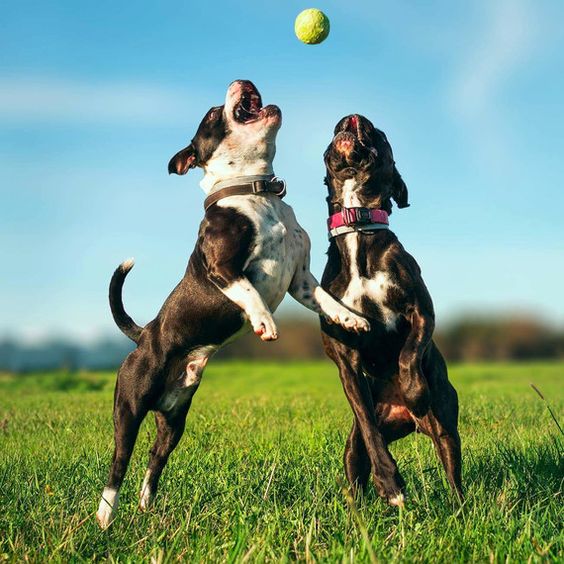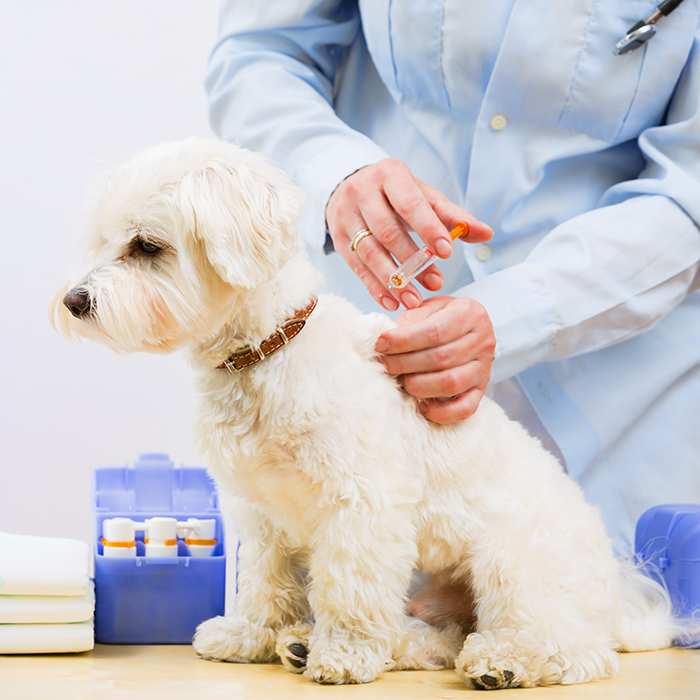Bringing an exuberant new puppy home stirs excitement for years of adventures together. But that first indoor potty accident Jerks families back to the sobering reality of tedious housebreaking drudgery looming ahead before fun resumes. If an unneutered male pup already enthusiastically leg-lifts rugs, curtains and table legs, it prompts the question – would removing their testosterone hormones via neutering accelerate reliable potty training?
How Intact Males Mark Territory
By 6-9 months old, unfixed male puppies reach sexual maturity unleashing surging testosterone levels and hardwired instincts encouraging roaming and marking territory with urine. This explains increased tendency to enthusiastically sprinkle every vertical object possible despite their humans’ strict confinement efforts. Neutering reduces this incessant need to spread around scent notes.
Incidence Rates Decline Post-Neuter
Multiple studies confirm that an overwhelming majority – around 93% of home soilers – stop inappropriate urination once neutered if the behavior already established itself beforehand. Cases decrease
notably even in less mature males neutered prior to sexual development fully kicking in. The testosterone fueled motivation driving that particular offense clearly responds readily to medical intervention. However it doesn’t substitute proper training.

Other Housebreaking Considerations
While neutering squelches most hormonal marking cases, the surgery doesn’t inherently housebreak a dog overall by any means. Peeing issues stemming from incomplete training, anxiety, excitement lack of conditioning, medical conditions or simple convenience ratHer than sexual maturity branding still necessitate traditional reinforcement techniques. Tackle all indoor accidents uniformly.
The Ideal Solution – Multipronged Approach
Get young pets snipped around 6 months old so testosterone surges never gain footing while also prioritizing diligent housebreaking structure. Establish good elimination habits early through positive reinforcement training minimizing opportunities for bad aiming inside. Giving both medical and behavioral prevention mutually stacks odds in your favor for cleanly cohabitating enjoyment!

Frequently Asked Questions
What age is best for neutering my male to prevent marking?
Traditionally around 6 months before testosterone secretions reach their peak. But new research also supports health and cancer prevention benefits delaying until maturity around one year without increased leg-lifting risk in home settings with proper management.
Could anxiety or separation distress cause my neutered dog to still mark indoors?
Absolutely – those motivations stem from entirely different mindsets. Rule medical issues out through veterinary exams first, then address behavioral roots with specialized training adjustments.
If my older rescue dog suddenly marks inside, does neutering still help?
In most cases, yes. Even years after adoption, neutering may still curb lifelong habits if intact previously. Pees often express instinctive impulses as much as deliberate defiance. So removing the hormones driving that urge makes a difference.
While the problem may lift its leg on you prematurely, stand confidently with the proven 1-2 tap neuter and potty training punch for the shortest path to dry cohabitating triumph!



